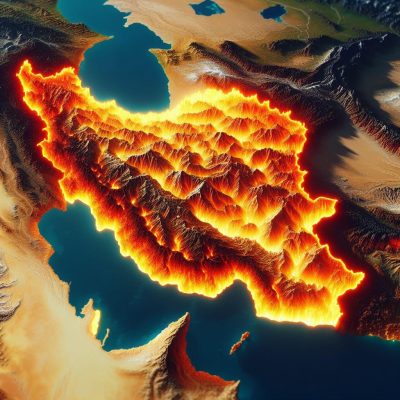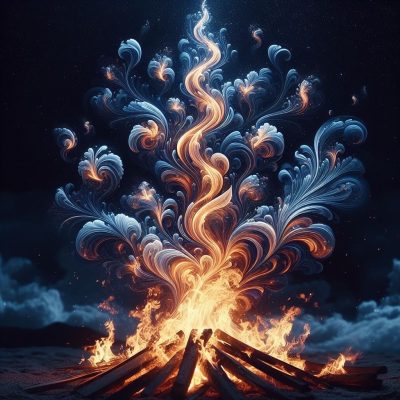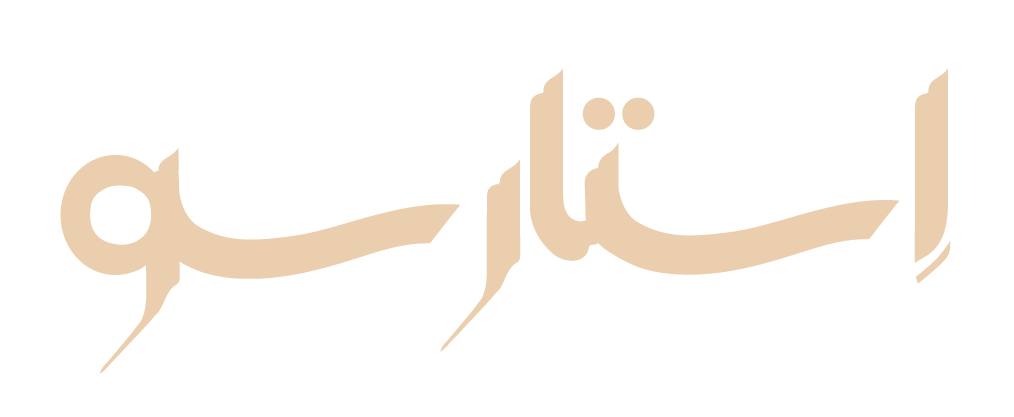Fire and Iran
Fire is one of the four classical elements in ancient Greek philosophy, along with earth, water and air. Fire represents energy, passion, transformation and purification. Fire has also played a significant role in the history, culture and religion of Iran and its provinces, especially Mazandaran.
Fire in Iranian history and culture Iran, formerly known as Persia, is one of the oldest civilizations in the world, dating back to the 7th millennium BCE. Fire has been a symbol of power, glory and wisdom for many Iranian dynasties, such as the Achaemenids, the Parthians and the Sassanids ( eras in Iran ).

Zoroastrians and fire
The most famous example of fire worship in Iran is the Zoroastrian religion, which emerged in the 6th century BCE and became the official religion of the Persian Empire under the Sassanids. Zoroastrians believe in one supreme god, Ahura Mazda, who created the world and the cosmic order. Fire is considered a manifestation of Ahura Mazda’s presence and a medium of communication with him. Zoroastrians use fire in their rituals and prayers, and maintain sacred fire temples, where the eternal flame is kept burning by priests.
Iranian events concluding fire
Fire is also an important element in Iranian festivals and celebrations, such as Nowruz, the Persian New Year, which coincides with the spring equinox. On the eve of Nowruz, Iranians light bonfires and jump over them, saying “Zardi-ye man az to, sorkhi-ye to az man”, which means “May my pallor be yours and your redness be mine”. This is a symbolic way of exchanging health and vitality with the fire. Another fire-related tradition is Chaharshanbe Suri, the festival of fire, which takes place on the last Wednesday of the Iranian calendar year. On this night, people make bonfires in the streets and alleys, and jump over them, singing and dancing. They also set off fireworks and crackers, and perform various rituals to ward off evil and bring good luck for the new year.
Fire in Mazandaran province
Mazandaran is known for its rich natural and cultural diversity, as well as its historical and archaeological sites. Mazandaran is home to the Hyrcanian forests, which are among the oldest and most biodiverse forests in the world, dating back to 40 million years ago. The Hyrcanian forests are also prone to fire hazards, due to the dry and hot climate, the human activities and the lack of fire management. According to a study by Adab et al. the fire hazard potential in Mazandaran province is influenced by the density of settlements, the distance to roads and the land cover types associated with agricultural activities. The authors suggest that fire prevention measures should include population awareness and the adjustment of farming practices. Fire is also a part of the cultural heritage of Mazandaran, as it reflects the influence of the Zoroastrian religion and the ancient Iranian civilizations.
Examples of fire in Mazandaran culture
- Thakht-e Soleyman
One of the most notable examples of fire worship in Mazandaran is the Takht-e Soleyman (Throne of Solomon), a UNESCO World Heritage Site, located in the west of the province. Takht-e Soleyman is an archaeological complex, which includes a Zoroastrian fire temple, a Sassanid palace, a lake and a volcano. The fire temple, known as Azargoshasb, was one of the three most important fire temples in the Sassanid Empire, and housed the Adur Gushnasp (Fire of the Warrior Kings), one of the three great fires of Zoroastrianism. The fire temple was destroyed by the invading Mongols in the 13th century, but its ruins still testify to its former glory and significance.
- Sadeh festival
Another example of fire culture in Mazandaran is the Sadeh festival, which is celebrated by the Zoroastrians and some other Iranian communities on the 10th of Bahman, the 11th month of the Iranian calendar, which corresponds to January 30th. Sadeh means “hundred” in Persian, and refers to the 100 days and nights that remain until Nowruz. Sadeh is a mid-winter festival, which celebrates the triumph of light over darkness, and the renewal of life and nature. The main ritual of Sadeh is the lighting of a large bonfire, called Atash-e Sadeh (Fire of Sadeh), which symbolizes the warmth and vitality of the sun. The fire is lit by the Zoroastrian priests, who recite prayers and hymns, and then the people gather around the fire, singing, dancing and sharing food and drinks.
- The Caspian Hyrcanian mixed forests
which are a UNESCO World Heritage Site, and cover the southern coast of the Caspian Sea. These forests are among the oldest and most diverse in the world, and have been shaped by fire regimes for millions of years. The forests provide habitat for many endemic and endangered species of plants and animals, such as the Persian leopard, the Caspian tiger, the Hyrcanian box tree, and the Persian ironwood. The forests also have cultural and spiritual significance for the local people, who have developed traditional knowledge and practices to manage and conserve them .
- The Javaherdeh village fire festival
The Javaherdeh village which is located in the Ramsar county of Mazandaran province. This village is famous for its annual fire festival, which is held on the 29th of Bahman, the 11th month of the Iranian calendar, which corresponds to February 18th. The festival is a celebration of the end of winter and the arrival of spring, and involves lighting bonfires, dancing, singing, and playing games. The festival also has a religious dimension, as it is believed that the fire purifies the souls of the dead and helps them to ascend to heaven.
- The Kandovan village
which is located in the Savadkuh county of Mazandaran province. This village is known for its unique architecture, which consists of rock-cut houses that resemble beehives. The houses are carved into the volcanic rocks that were formed by the eruption of Mount Sahand about 11,000 years ago. The houses have multiple floors, with windows, doors, and chimneys. The village is inhabited by about 670 people, who mostly practice agriculture and animal husbandry. The village is also a popular tourist attraction, as it offers a glimpse into the ancient and traditional lifestyle of the Mazandarani people. ³

Conclusion
Fire is a powerful and sacred element, which has shaped the history, culture and religion of Iran and its provinces, especially Mazandaran. Fire represents the spirit of life, the source of wisdom and the medium of communication with the divine. Fire is also a challenge and a threat, which requires awareness and management. Fire is a part of the Iranian identity, which is celebrated and respected in various festivals and traditions. Fire is a bond that connects the past, the present and the future of Iran and Mazandaran.
